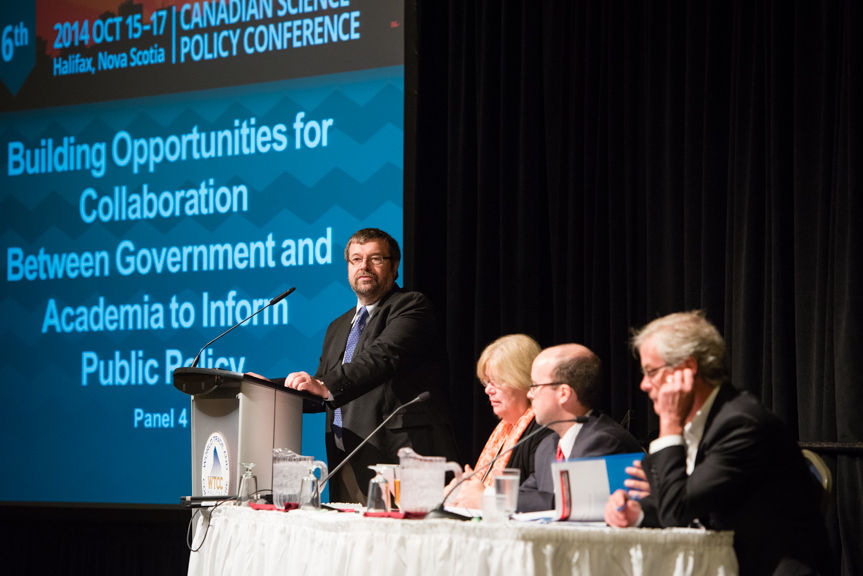Open letter, a communication strategy to influence policy decision makers
- Clara Richards
- Jun 5, 2014
- 3 min read
An open letter to the public servants has been a modality of participation in the field of public policies in Colombia, used with relative frequency by citizens or groups, as a manner to influence public debate and course of action.
The purpose of this communication tool is to establish channels of communication with decision power instances, both at the state level as well as others. The open letter is a practice that tries to convey an idea, challenging, refusing, or amplifying policy arguments; it aims to express shared ideas and values about a particular issue.
The open letter represents a public form of communication. It is a collective endeavour, frequently an academic initiative, led by a renowned and credible academic or group of academics that invites other citizens to unite around an issue in question by signing it as proof of their endorsement.
The open letter may serve diverse purposes: to produce new arguments, to refute allegations related to a given issue, to take a stand making new information and interpretation available, proposing a range of course of actions, submitting the issues to public deliberation. It can become an effective way for exposing ideas within the open public space, aside from closed circles of academics, or social organizations usually involved in the discussion of public policies.
I have asked some colleagues about the background, motivations and use of the open letter. And all of them agree that this practice has been more frequent in the last years and that it is related to a new openness in Colombian society.
When asked why they get involved and support such an initiative, they express that they do it, mainly, because it conveys the idea of a collective action and helps for example to widen public deliberation. They all agree that the virtual technology has made this kind of initiatives more popular. People are encouraged by a sense of ample resonance and the possibility to overcome individual, isolated initiatives, beyond the traditional forms of communication between academia and the public.
In the seventies and eighties it was common for unions, student organizations and others alike, to write ´comunicados¨ or communiqués that the media used to publish entirely. But as time went on, they lost interest in the publication of the full content and only selected paragraphs or phrases were extracted, losing integrity and lacking context.
Today new political realities, mechanisms and tools have been made available to citizens, after the issuing of a new Chart. A National Constitutional Assembly took place in 1991 and with it new mechanisms and tools were made available to citizens in a society that had been blocked to participation throughout most part of 20th century.
Before the Assembly, people could only participate through two traditional political parties that had made a power sharing arrangement, with the exclusion of any other organization apart from this arrangement. This was presented by them as a means to put an end to two decades of violent confrontation among liberal and conservative parties.
Nowadays, the open letter is an attempt to widen the range of representation, as a strategy to have citizens voice be heard. In the lieu of the difficulties for a direct, face-to-face encounter, the practice of open letter is an attempt to overcome the institutional or legal barriers that frequently impede larger and diverse groups to become stakeholders in the policy processes and convey their ideas.
The web and role of social media in amplifying the audience is notable. Information and arguments that before could have only been processed privately or through the media are now accessible on a scale that was not envisioned in the eighties. So the resonance in the social space is much wider.







Comments